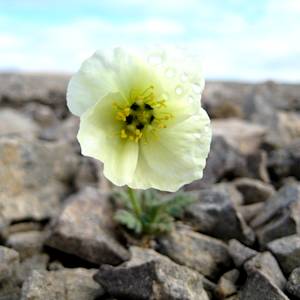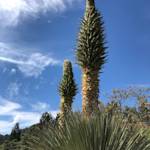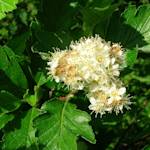Corpse flower
2020 CE • Indonesia
The corpse flower, known for its pungent odor reminiscent of rotting flesh, is native to the rainforests of Sumatra, Indonesia. However, it is a star at many of the world's largest botanical gardens, where it "sets off a sensation during its infrequent blooms that come when they will. Best known as the corpse flower because it smells so bad, it has the largest flower of any plant in the world. More gardens than ever in the United States are cultivating this rare horticultural celebrity that draws throngs of visitors to their greenhouses. But the threatened species is difficult to raise, and with a small number of available specimens to work with, there’s a risk of losing the genetic variety needed to raise hearty corpse flowers in conservatories, and potentially to preserve it in the wild . . . Efforts to conserve the corpse flower are taking center stage in an initiative led by the Chicago Botanic Garden to increase rare plants’ odds of survival by maximizing their genetic diversity. The project will apply breeding principles used by zoos to conserve animal species to six plants that are perilously close to extinction, hopefully proving methods that could be applied to many other plants." In its native habitats, the corpse flower is considered endangered, with a estimated 1000 left in the wild, a 50% decline over the last 150 years, due to threats from logging and land conversion from palm oil plantations.
"Corpse Flowers," United States Botanical Garden.
Image: Luke Mackin via Flickr, CC BY-NC-SA 2.0 DEED Attribution-NonCommercial-ShareAlike 2.0 Generic


Learn about Maya Lin’s fifth and final memorial: a multi-platform science based artwork that presents an ecological history of our world - past, present, and future.

Discover ecological histories and stories of former abundance, loss, and recovery on the map of memory.

Learn how we can reduce our emissions and protect and restore species and habitats – around the world.

See how art can help us rethink the problems we face, and give us hope that each one of us can make a difference.

Help make a global memorial something personal and close to home. Share your stories of the natural world.


